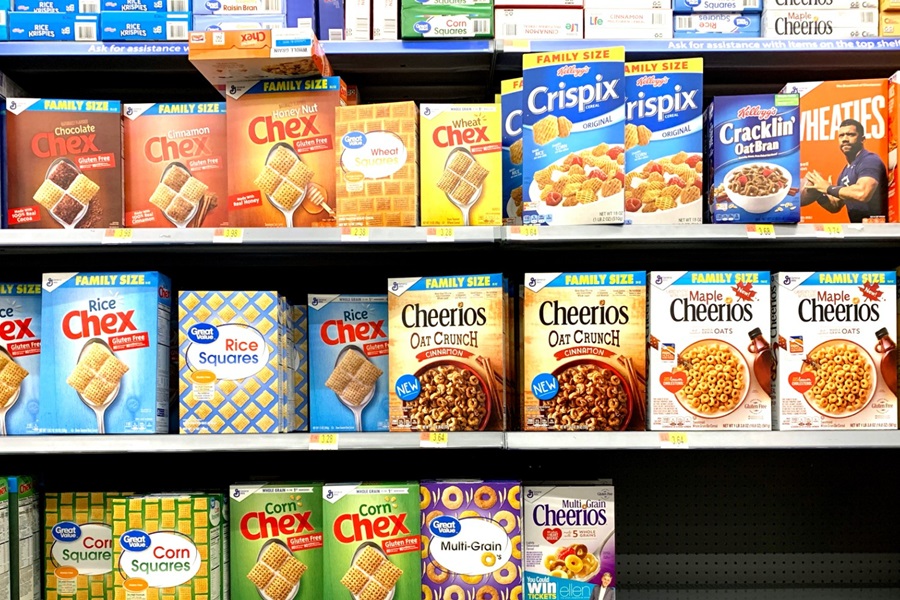Whether you’re a believer in brand loyalty or brand polygamy, consumption data show—time and time again—that most shoppers have repertoires of interchangeable brands in both their consideration sets and baskets. However, it is also common to see preference for certain brands over others when the playing field is level. Some would say that any brand leaning is due to favourable mental and/or physical availability, and others would say that it’s a survival habit to help shoppers navigate the current SKU proliferation on the shelves of our stores; for instance, Barry Schwartz asserted in 'The Paradox of Choice' that eliminating consumer choices can greatly reduce anxiety for shoppers.
Now, assuming shoppers go into a store with a preferred brand in mind, what could stop them?
They could be seduced by competitive promotions, which have trained shoppers to stock up on the cheapest brand available without bias. Perhaps they could be confused by an ill-conceived, but all too common, package graphics change that makes it hard to locate their preferred brand in the second or two they will spare to scanning the shelf. A third barrier is ‘forced trial’, which is when a shopper is compelled to buy another brand from a category because their preferred brand is not available when needed. In the Harvard Business Review article 'Stock-Outs Cause Walkouts' we see that over a quarter of shoppers will simply buy another brand if theirs is out of stock on shelf, in the best of times.
What does this mean for brands now that COVID-19 has disrupted our shopping habits more than we could ever have possibly imagined?
Forced trial at retail
Kantar asked these questions in both the US and Canada over the past couple of weeks, and found some interesting points of reconsideration happening across different categories that have been flying off the shelves lately:
- A third (34%) of Canadians have been forced to try different brands of Toilet Paper, and over half (54%) of these new triers claimed they may consider purchasing them even when this is over.
- Pasta saw a similar percentage of forced trialists (32%), but three quarters (75%) claimed they may consider the new brand they experienced.
- Diapers are often considered to be a fiercely loyal category, but almost four in ten (39%) have had to try another brand and over half (54%) claim they may consider the new brand.
- Meanwhile, Peanut Butter has experienced the smallest degree of forced trial (19%) so far. However, two thirds (67%) of them liked the new brand enough to say they will consider that brand after COVID-19.
English speaking Canadians were generally more likely to consider adopting the new brands than our French panel, while Canadians were more likely than Americans overall to switch over to the new brands (with the exception of diapers).
This was a quick non-scientific survey within a panel (over 1000 respondents per category), but it sheds some directional light on how short-term disruptions to shopping can potentially result in long-term changes to brand preference.
Now what?
If brands want to insulate themselves against wandering eyes at shelf, two potential tactics are:
- Increase/maintain salience through advertising: Now is not the time to go dark and abandon the positive associations and top-of-mind availability your brand has invested so much into building. In addition, recent Kantar research would suggest that COVID-19 has not changed consumer attitudes to advertising. However, brands shouldn’t be tone deaf to the sensitivities of the current situation.
- Increase availability of core SKUs through decreasing space for others: Days of supply rules fly out the window when panicked shoppers are lining-up six feet apart to stock-up for week or two. Some manufacturers were quick to reduce production to the smaller percent of SKUs that represent most of their unduplicated usage. With good category management and retailer co-operation, existing shelf space could be shifted to the hero SKUs within the brand set for the time being. That would reduce brand switching and/or retail defection. Obviously, incremental display would help, but that is often booked well in advance and all categories are competing for the space.


